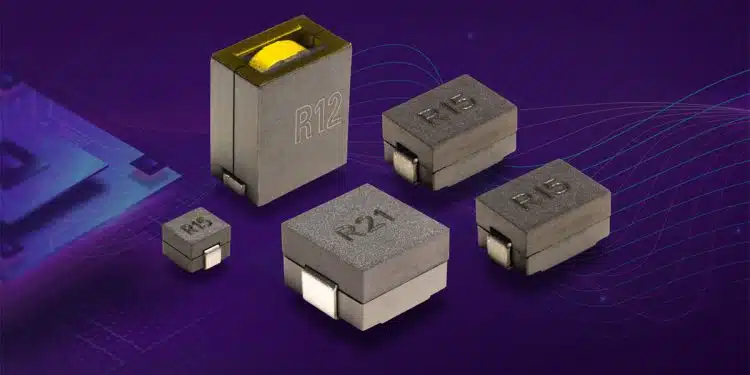Bourns, Inc., a leading manufacturer and supplier of electronic components, introduced five new shielded power bead inductor series that feature high rated current, ferrite-based shielded construction and extremely low DC resistance from 72 to 440 nH.
Bourns designed the new Model SPB0705, SPB1005, SPB1007, SPB1012 and SPB1308 series to match the enhanced efficiency, low magnetic field radiation and reduced power loss requirements in a broad variety of multi-phase integration applications.
The advanced features and the multiple SMD footprints (6.7 x 6.5 to 13.5 x 13 mm) offered in the five new power inductor series make them excellent power conversion solutions for applications in Voltage Regulator Modules (VRMs), power processors, memory modules, high current ASICs, servers, storage, data centers, networking systems and graphic cards.
Typical Characteristics:
Features
- Shielded construction
- High rated current
- Low DCR
- RoHS compliant and halogen free
Applications
- Voltage Regulator Modules (VRMs)
- CPU/GPU/FPGA power
- High current ASICs
- High current multi-phase regulators
- Power processors and memory modules
- Servers, storage and data centers
- Networking systems and graphic cards
































